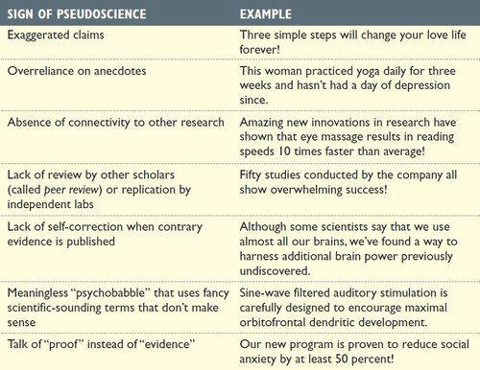• Physics is done with concepts which are at the same time highly specific and unambiguous, yet generally highly abstract. That makes grasping the basic concepts one of the main challenges of learning physics. Of course it goes without saying that when any term from physics is used in everyday life or in the communications media, it will generally be used completely incorrectly and meaninglessly.

• Science is probably the most completely misunderstood of all human activities. The majority of people have not even the vaguest concept of what scientists do or how science works. In science we still of necessity use an apprentice system. In graduate school you work for an established, successful scientist and you watch what what he does and he watches what you do, and at the end you have successfully done a piece of publishable, creditable research. Increasingly the majority of science graduate students in the US are foreign born. Check this out.

• Physics consists of the set of laws and descriptions that
work for the most fundamental processes of the universe.
Physics works at every known level, from the tiniest pieces of
atoms to the largest components of the universe, and the
entire universe itself!

• The language of physics is mathematics. Mathematics is unique in being both a language and a formal system of logical deduction. Once you have laws of nature stated in general mathematical forms, you can manipulate and transform to your heart's content, often finding new laws that generalize or specialize earlier ones. The word “theory” in physics just means mathematical description. A theory of gravity is a set of laws that generally describe all gravitational processes.
 |
 |
• Physicists can work on anything: cells, molecules, atoms, nuclei, quarks, stars, galaxies, the entire universe. Some physicists mainly do experiments, some mainly try to figure out new laws, and others do both.

• Physicists use units and dimensions that are often very, very far from the pre-scientific measures still preserved in everyday life.









